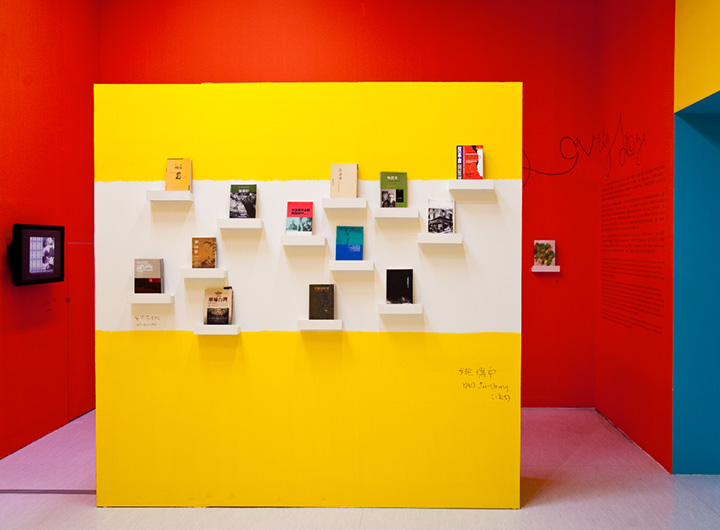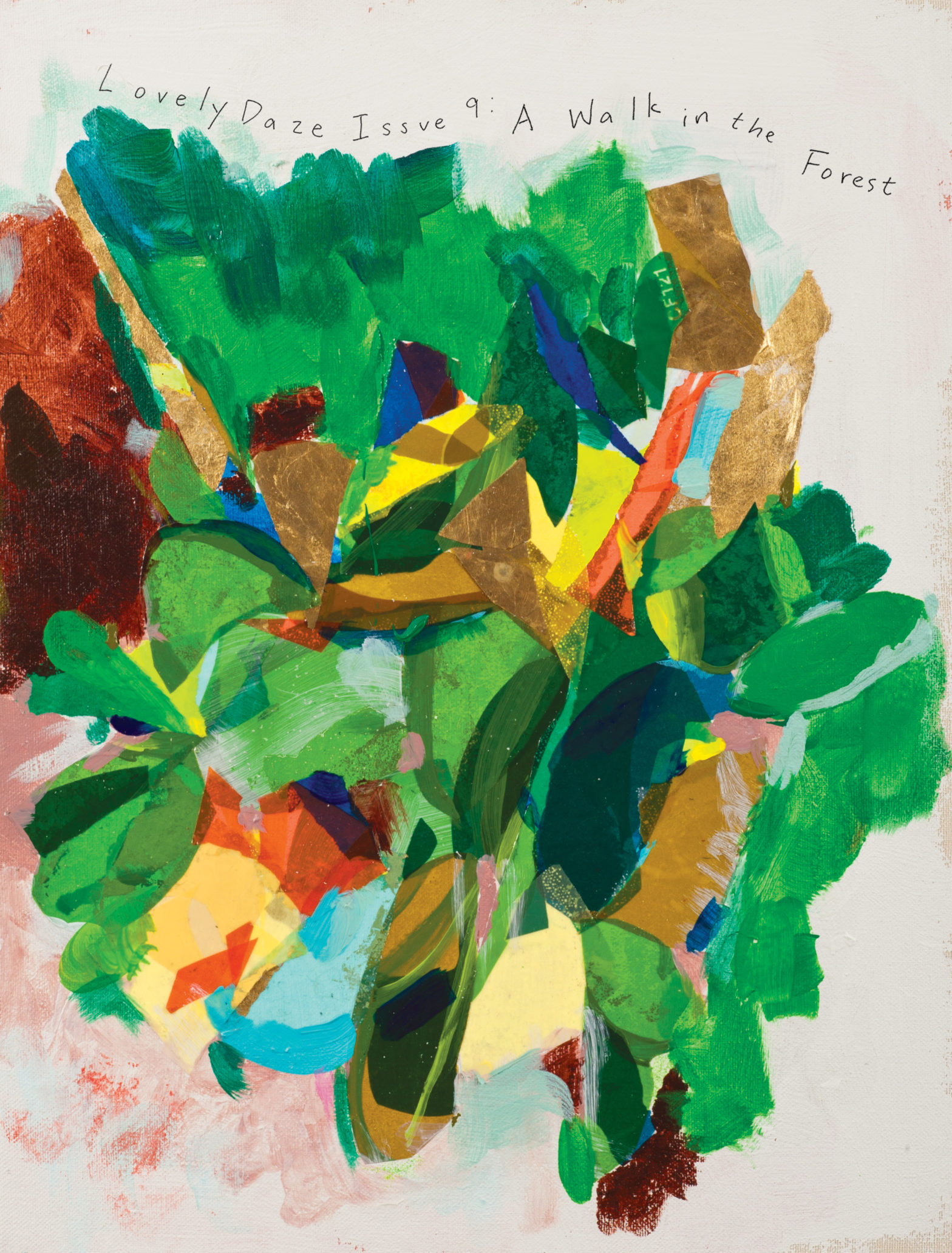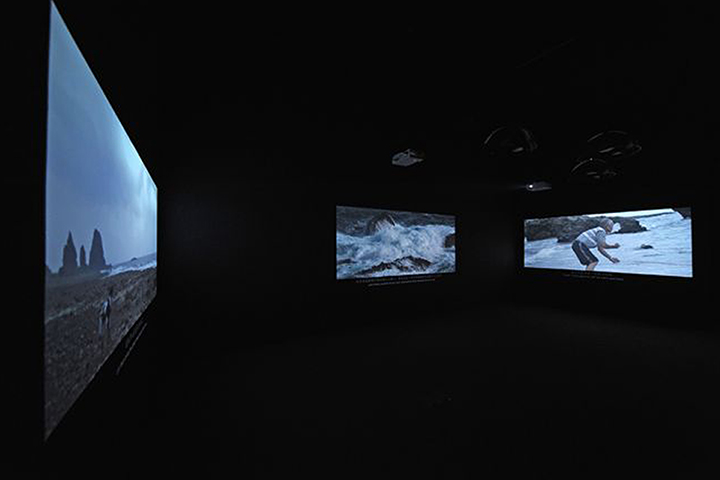Charwei Tsai
-
Dojima River Biennale
Little Water Dojima River Biennale, Osaka, Japan Curated by Rudy Tseng 20 July ~ 18 August 2013 Exhibited Works: Lanyu I, IV, V, VI, VII, VIII, 2012, Hand-inscribed photographs Press Release: The third edition of Dojima River Biennale, organized by Taiwanese curator Rudy Tseng as its Artistic Director, draws inspiration from the beauty of Dojima…

-
Incense Mantra
HD video with sound, black and white Video In collaboration with Tsering Tashi Gyalthang The time-lapse video of an incense burning was inspired by the history of Hong Kong as the “Fragrant Harbor” based on its large production of incense from locally grown sandalwood. (“Hong” means fragrant in the local Cantonese dialect and “Kong” means…

-
Parkett – 220 Artists’ Editions & Collaborations since 1984 +5
Taipei Fine Arts Museum, Taiwan 18 May ~ 25 August 2013 Video Exhibited works: – Books of Influence on 18 Contemporary Artists in Taiwan, 2013, Installation of books – Books of Influence on 18 Contemporary Artists in Taiwan, 2013, Video – Complete set and presentation of Lovely Daze Tsai was invited by Parkett to create…

-
Lovely Daze – Issue 9
Lovely Daze is a journal of artists’ writings and artworks published twice a year in limited editions. Issue 9 takes you on A Walk in the Forest… publisher/editor/designer ~ charwei tsai editors ~ kelly carmena, lesley ma, and sabrina shaffer contributors ~ heman chong, kevin hooyman, aki kondo, takashi kuribayashi, domingo milella, donna ong, imran…

-
Sharjah Biennial
Curated by Yuko Hasegawa Sharjah, United Arab Emirates 13 March ~ 13 May 2013 Exhibited Works: – Lanyu – Three Stories, 2012, 3 Videos – Ah!, 2011, Video Press Release: In Re:emerge, Towards a New Cultural Cartography, curator Yuko Hasegawa proposes a Biennial that reassess the Westerncentrism of knowledge in modern times and reconsiders the…
